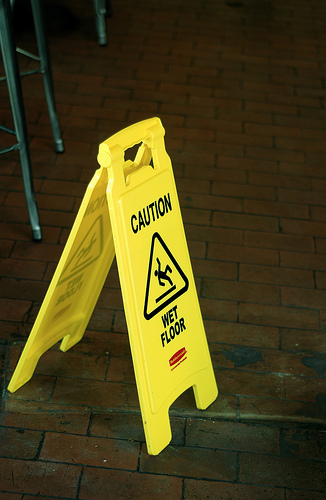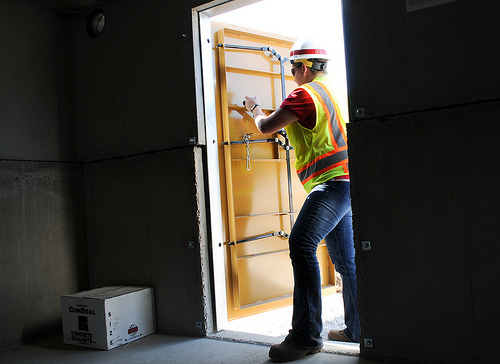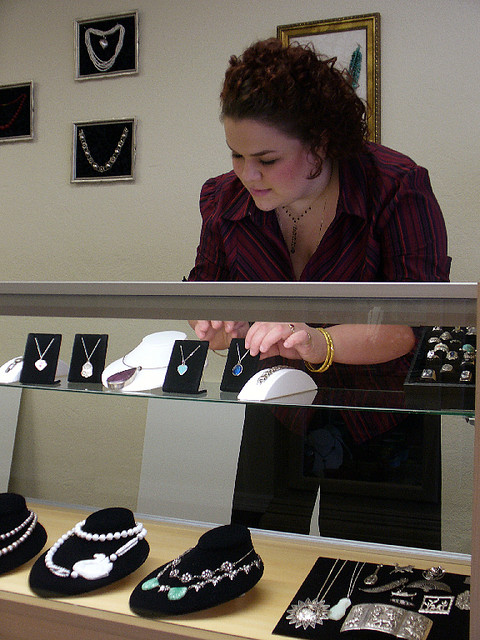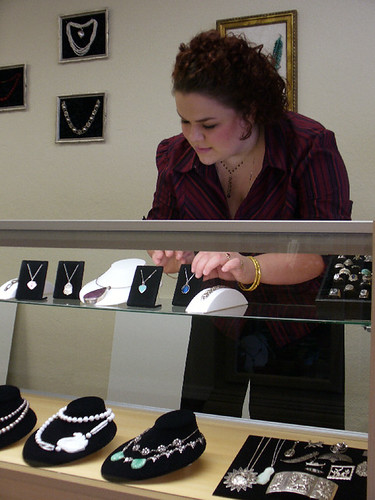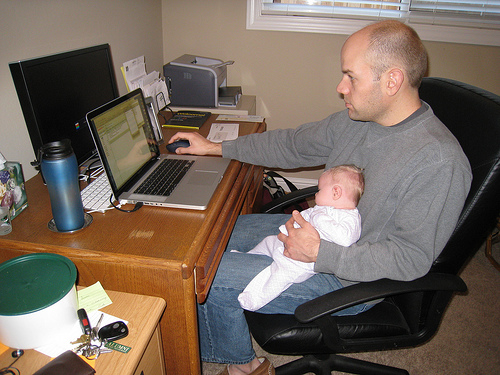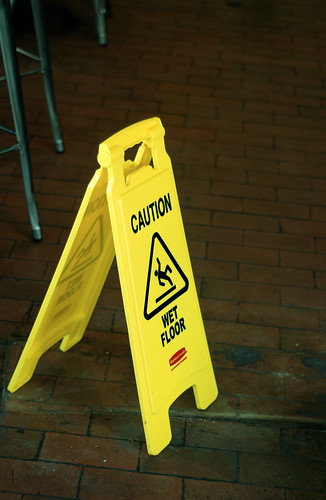 There are certain occupations that automatically bring up visions of accidents and injuries by simply thinking of them. These jobs are often industry specific, and they can range from roofing to highrise building construction. It’s important to know, however, that an individual can be injured in absolutely any type of workplace. This fact becomes quite apparent after considering some of the most common workplace accidents and injuries.
There are certain occupations that automatically bring up visions of accidents and injuries by simply thinking of them. These jobs are often industry specific, and they can range from roofing to highrise building construction. It’s important to know, however, that an individual can be injured in absolutely any type of workplace. This fact becomes quite apparent after considering some of the most common workplace accidents and injuries.
Automobile Accident Injuries
While everyone knows the inherent dangers of traveling on America’s highways, those who drive for a living face this danger on a daily basis. Sadly, accidents on the open road can lead to broken bones, whiplash, traumatic brain damage and even death. On top of this, personal injury laws usually mean that the driver and their employer will wind up in court in one way or the other.
Avoiding these accidents is imperative. The most important advice anyone can take is to pay attention to what they’re doing. Recent data shows that nearly 20 percent of all auto accidents are caused by distracted driving. By simply putting the phone down and paying attention, employees on the road can minimize their chances of being injured.
Lacerations and Cuts
Cuts and lacerations are a common injury in industries where employees use sharp objects. Luckily, most of these injuries are minor, but on occasion, not wearing protective gear can lead to serious accidents involving these dangerous objects. Whether working with meat slicers, butcher knives or even perforating cutting tools, wearing the appropriate safety gear can prevent otherwise infrequent accidents.
Slips and Falls
Slip and fall accidents are one of the most active areas of personal injury law in the legal system. Oftentimes, when these accidents occur in the workplace, they are covered under workers’ compensation insurance; but certain employees, such as seamen in the shipping industry, actually retain their right to bring personal injury suits against their employers.
In addition, when reckless negligence leads to a workplace accident in any industry, most employees have the right to sue. Between the injury and the possible settlement, both the employer and employee are going to be hurt in this scenario. This is why it’s important to immediately mark and cleanup liquid spills, correct any landscaping problems that present a tripping risk and also ensure that slip-resistant shoes are being worn in slip prone industries (ie. food service).
Sprains and Strains
Sprains and strains can occur easily when a person overexerts themselves. Overexertion is actually the leading cause of workplace related injuries. This means that there should always be proper techniques in place to minimize these risks. Workers who must move large or heavy objects, for instance, should always have help. It’s also important to not try to lift a heavy object that is over one’s head; a person should get on eye level with it, especially if on a ladder, before attempting to lift the object.
Struck by an Object
The Liberty Mutual Research Institute for Safety compiled some of the most common workplace injuries and accidents, and being struck by objects landed in the top five. This usually occurs when an object falls and strikes a person. This can lead to head, neck and other bodily injuries. Luckily, there are a few ways to minimize these risks as well.
Many industries have an inherent risk of objects falling on people. In these industries, proper safety gear (ie. hardhats) and warning signs should be utilized. A premises liability attorney, such the North Carolina law offices of Powers McCartan, can offer valuable advice about safety issues. It’s important for workers to receive proper safety training to learn how to avoid accidents, such as not walking under ladders, keeping a clean work site and, in certain industries, properly securing loads before they’re moved.
The simple truth is that anyone involved in any industry can be injured on the job. These injuries can lead to high medical bills, increased insurance rates, personal injury lawsuits and lost productivity. Only responding to these incidents in reactionary terms is a huge problem in every industry that can make the occurrence of the aforementioned consequences more likely. When proper safety measures are adhered to however, plenty of heartaches can be prevented for both the worker and the employer.
A former news writer, Ann Bailey encourages small business owners to be aware of these top employee injury areas. The law offices of Powers McCartan are experienced in all types of employee injury cases, and have valuable information for any small business in North Carolina wanting to avoid potential employee safety hazards.
Photo Credit: http://www.flickr.com/photos/carbonnyc/3993866642/

